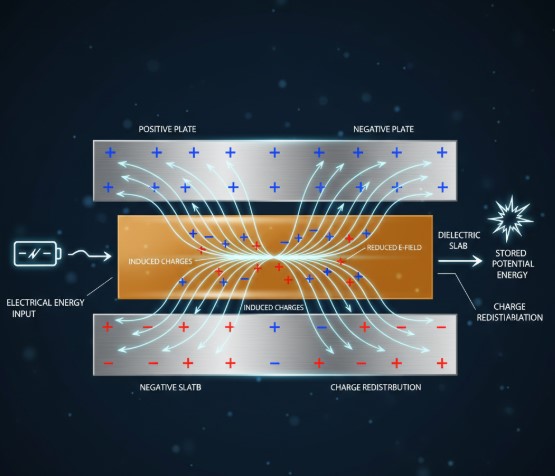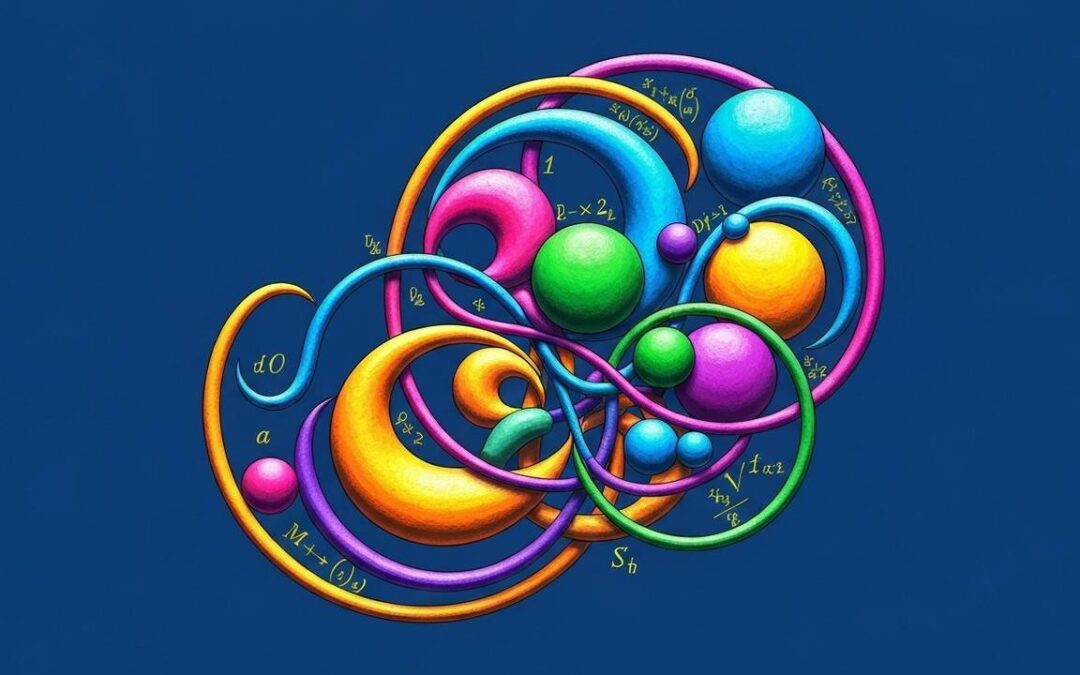Exploring compositional square roots, we ask: Can a function be expressed as ##f = g \circ g##? Take ##f(x) = x + 10##, where ##g(x) = x + 5## works perfectly. But what about ##f(x) = x^2 + 1##? The concept of compositional square roots invites us to consider when a function can be ‘unfolded’ into two identical steps.
Determining these compositional square roots involves understanding the function’s structure. For bijections, cycle decomposition offers a way forward. The existence of an even number of even-length cycles becomes crucial. Let’s delve into the conditions that allow a function to have a compositional square root.
Table of Contents
- Understanding Compositional Square Roots
- Bijection and Cycle Decomposition
- Proof of the Bijection Condition
- Reverse Implication and Cycle Weaving
- Similar Problems and Quick Solutions
- Problem 1: Find a compositional square root for ##f(x) = x + 6##
- Problem 2: Find a compositional square root for ##f(x) = 4x##
- Problem 3: Determine if ##f(x) = x^2## has a real-valued compositional square root.
- Problem 4: Find a compositional square root for the identity function ##f(x) = x##.
- Problem 5: Determine if ##f(x) = -x## has a compositional square root.
More from me
In mathematics, a fascinating question arises: which functions can be expressed as the composition of a function with itself? This exploration delves into identifying functions ##f## that can be written as ##f = g \circ g##, where ##\circ## denotes function composition. Essentially, we seek to understand which functions ‘have square roots’ in this compositional sense. Let’s embark on this mathematical journey to uncover the properties and conditions that allow such decompositions.
Understanding Compositional Square Roots
A function ##f(x)## possesses a compositional square root if there exists another function ##g(x)## such that applying ##g## twice yields ##f(x)##. For instance, if ##f(x) = x + 10##, then ##g(x) = x + 5## serves as its square root because ##g(g(x)) = (x + 5) + 5 = x + 10##. Similarly, for ##f(x) = 9x##, a compositional square root is ##g(x) = 3x##, as ##g(g(x)) = 3(3x) = 9x##. Identifying such roots, however, can be challenging, especially for more complex functions.
Consider the function ##f(x) = x^2 + 1##. Does there exist a function ##g(x)## such that ##g(g(x)) = x^2 + 1##? This question highlights the complexity of determining compositional square roots. While some functions readily reveal their roots, others require deeper analysis. The quest to characterize these functions leads us into interesting mathematical territory, particularly when dealing with functions ##f: \mathbb{R} \to \mathbb{R}##.
Bijection and Cycle Decomposition
When ##f## is a bijection (a one-to-one and onto mapping), the problem simplifies somewhat. A key concept here is the cycle decomposition of a bijection. Given a bijection ##f: S \to S##, a cycle of length ##n## consists of distinct points ##x, f(x), …, f^{n-1}(x)## such that ##f^n(x) = x##. An infinite cycle comprises distinct points ##x, f(x), f^2(x), …##. The set ##S## can be viewed as a disjoint union of these cycles.
A crucial claim arises: a bijection ##f: S \to S## possesses a compositional square root if and only if it contains an even number of cycles of any given even length. Here, infinity is treated as an even number, allowing for infinitely many cycles. This condition provides a tangible criterion for determining whether a bijection has a compositional square root, connecting the function’s structure to its decomposability.
Proof of the Bijection Condition
To demonstrate that a bijection with a compositional square root satisfies this property, let ##g: S \to S## be a bijection such that ##g(g(x)) = f(x)##. Each cycle of ##g## corresponds to either one or two cycles of ##f##. If a cycle has odd length, it corresponds to a single cycle of ##f##. For example, the cycle ##1 \to 2 \to 3 \to 1## in ##g## corresponds to ##1 \to 3 \to 2 \to 1## in ##f##.
Conversely, if the cycle has even length, it corresponds to two cycles of ##f##. The cycle ##1 \to 2 \to 1## in ##g## yields the pair of cycles ##1 \to 1## and ##2 \to 2## in ##f##. Similarly, ##1 \to 2 \to 3 \to …## in ##g## gives ##1 \to 3 \to …## and ##2 \to 4 \to …## in ##f##. Cycles of ##f## with odd length can arise from cycles of ##g## one or two at a time, but even-length cycles of ##f## must originate from cycles of ##g## in pairs.
Reverse Implication and Cycle Weaving
To show the reverse implication, consider a cycle of ##f## with odd length ##2k + 1##. The corresponding cycle of ##f^{k+1}## also has odd length. Since ##f^{2k+2} = f## when restricted to this cycle, this becomes a cycle of ##g##. For a pair of cycles of ##f## with the same even length, they can be woven together to form a cycle of ##g##. This weaving process constructs ##g## from ##f##, demonstrating that the even-cycle condition is sufficient.
While this “answer” provides a criterion, determining the cycle decomposition of a complex bijection on an infinite set can be challenging. If ##f## is not a bijection, the problem becomes significantly more complex, as the analogue of cycle decomposition is harder to manage. Exploring examples with finite sets ##S## can provide valuable insights into this case, offering a deeper understanding of compositional square roots.
Similar Problems and Quick Solutions
Problem 1: Find a compositional square root for ##f(x) = x + 6##
Solution: ##g(x) = x + 3##
Problem 2: Find a compositional square root for ##f(x) = 4x##
Solution: ##g(x) = 2x##
Problem 3: Determine if ##f(x) = x^2## has a real-valued compositional square root.
Solution: No straightforward real-valued solution exists; one possible solution involves ##x^{\sqrt{2}}##.
Problem 4: Find a compositional square root for the identity function ##f(x) = x##.
Solution: ##g(x) = x##
Problem 5: Determine if ##f(x) = -x## has a compositional square root.
Solution: ##g(x) = ix##, where ##i## is the imaginary unit, satisfying ##g(g(x)) = -x##.
| Concept | Description | Example |
|---|---|---|
| Compositional Square Root | A function ##g(x)## such that ##g(g(x)) = f(x)## | If ##f(x) = x + 10##, then ##g(x) = x + 5## |
| Bijection Condition | ##f## has a compositional square root if it has an even number of cycles of even length. | Cycle ##1 \to 2 \to 1## corresponds to two cycles ##1 \to 1## and ##2 \to 2## |
| Cycle Decomposition | Representing a bijection as disjoint cycles. | Cycle ##1 \to 2 \to 3 \to 1## |
We also Published
RESOURCES
- Does the exponential function have a (compositional) square root …
- Functional square root – Wikipedia
- Compositional data analysis by the square-root transformation …
- Compositional Square Roots of $\exp(x)$ and $1+x^2$
- Finding a Compositional Square Root of Sine
- Existence of compositional square roots of circle maps
- Finding a Compositional Square Root of Sine: The American …
- Efficient algorithm for computing a compositional square root – Stack …
- real analysis – How to find functional square root of $\sin(x …
- Kernel Methods for Radial Transformed Compositional Data with …








0 Comments